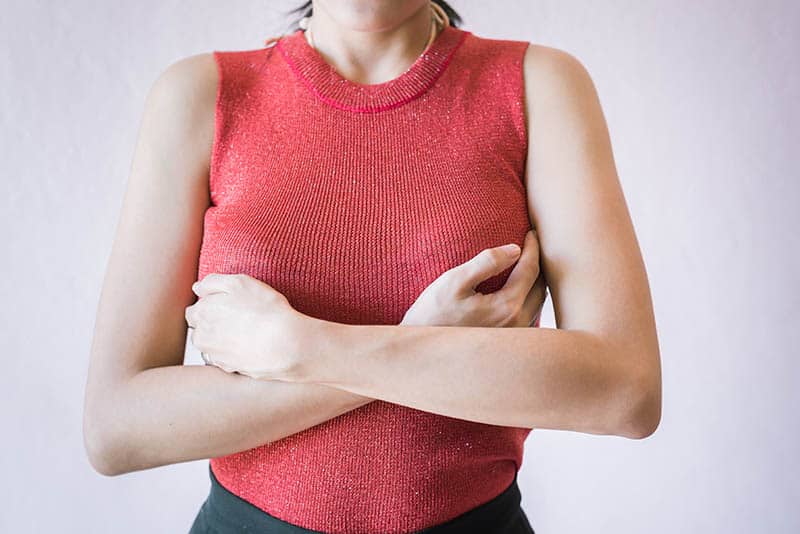Milk blisters (or milk blebs) are a common side effect of breastfeeding. They present themselves in the form of painful white spots on the tip of the nipple (similar to a pimple), that are caused by blocked nipple pores.
To help you breastfeed with ease again, I have found the most effective remedies to alleviate your breast pain.
They will help you with the pain caused by latching, as well as prevent dealing with blocked ducts.
The most frequent causes of milk blisters are shallow sucking, wrong nursing angle, breast thrush, and an improper latch.
Other known causes include wearing a tight bra (that irritates your nipples) or having too much milk supply.
We all know how challenging dealing with painful breastfeeding can be (problems with breast engorgement, mastitis, oversupply of milk, and clogged ducts – just to name a few!)
RELATED: How To Unclog Milk Ducts: 10 Best Strategies To Relieve Pain
Plenty of women go through these post-pregnancy issues, and one thing’s for sure: being a mom is hard, but we always push through and come out of it stronger – and so will you!
There are various home remedies for nipple blisters and I’m bringing you a list of the ones that garner the best results!
Here’s all you need to know about curing your affected area, getting rid of your nipple blebs once and for all, and ensuring painless and comfortable breastfeeding.
11 Most Effective Remedies For Milk Blisters
1. Use a warm wet compress
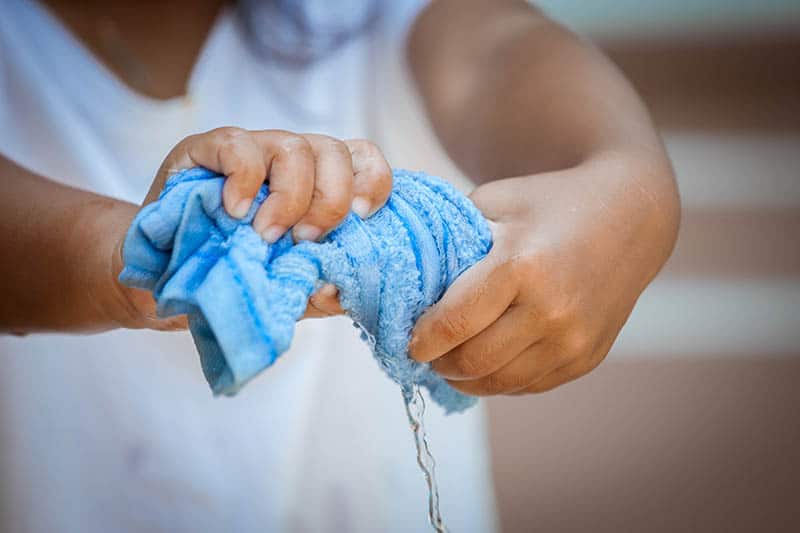
Each time before you start breastfeeding, use a warm compress.
To make one, simply soak a washcloth into hot water and drain all extra liquid.
The next step is gently applying this to the nipple area and for no longer than 15 minutes.
And before you start nursing, make sure to dry out all the moist heat from your skin with gentle pats.
2. A solution of salt with warm water
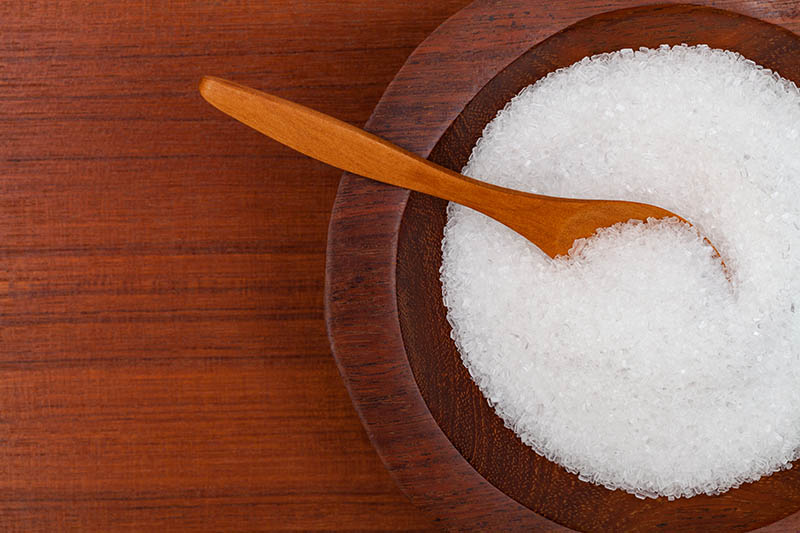
Use 2 teaspoons of Epsom salts dissolved in hot water and let it cool for a minute.
When the temperature is pleasant, soak your nipple up to four times a day, until you start feeling your milk ducts unblocking and your breast milk is finally letting out.
3. Massage your nipples
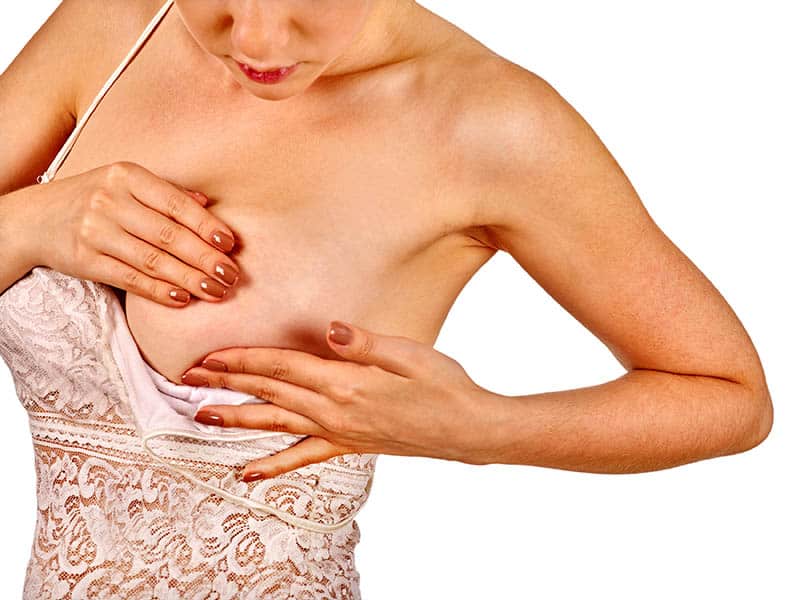
Massage the affected area in a very gentle manner and make sure to stop should you feel any pain.
This massage works best if you’re straight out of the shower or bath.
Even better if it’s applied after a saline soak because that’s when your skin is at its softest, which is what you want.
4. Try using olive oil

What you want to do is put an oil-soaked cotton ball inside your bra so that your nipple is protected.
The cotton ball should be replaced at least twice a day and you should remove any leftover oil before you start nursing your baby.
5. Use a hospital-grade breast pump
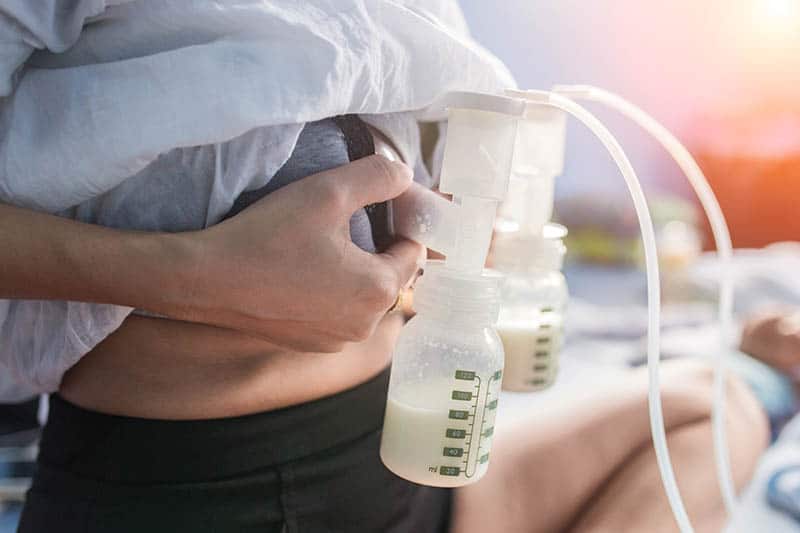
Sometimes, that can be a result of clogged pores, which will make it much more challenging to express than normal milk ever would.
If nothing seems to be doing the trick, you might want to resort to a breast pump to help you improve the milk flow and get rid of all of the thick milk.
To make the process easier on your areola, consider opting for a hospital-grade breast pump.
Then, slowly keep upping the strength until you feel your milk duct opening.
RELATED:
- Spectra Vs Medela: Which Breast Pump Is Better For You?
- Spectra S1 vs S2: Everything You Need To Know To Make The Right Choice
6. Reduce the pain with soothing ointments
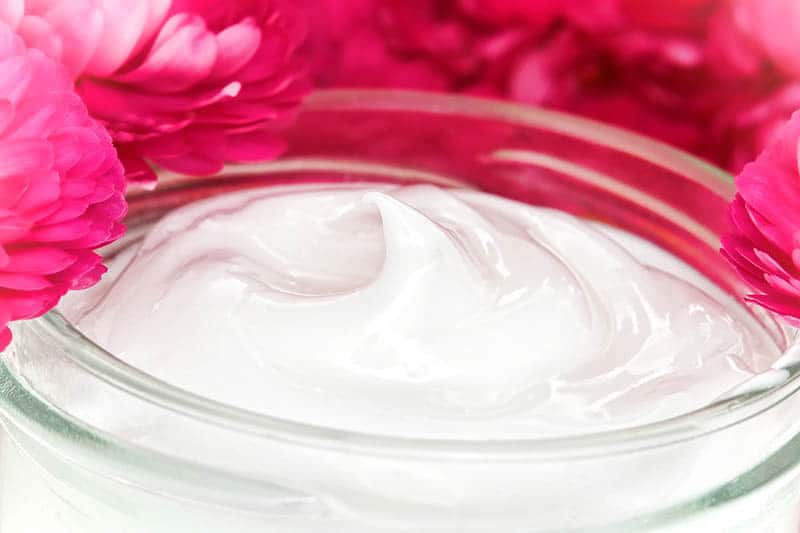
Soothing ointments will have a calming effect on the problematic area of the breast.
There are many creams available that work wonders!
Try to purchase ones containing calendula and camomile, as those are proven hits with new moms everywhere.
They help keep the area moist while decreasing feelings of discomfort such as constant itching and pain.
They personally helped me more than I ever could’ve hoped.
You will also be pleased to hear that a vast majority of these ointments are made with safe nursing in mind, so you can have a great peace of mind while breastfeeding your little one!
7. Apply expressed milk to the affected area
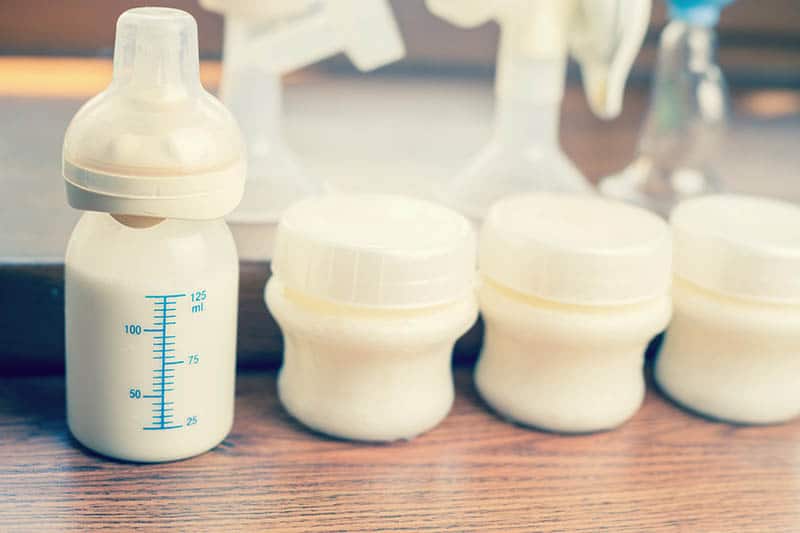
This is why some experts have developed theories claiming that those properties reduce the risk of infection when dealing with milk blebs.
While this still hasn’t been scientifically proven, there is definitely no hurt in trying.
Simply use a little bit of your expressed milk on your breast and test it out to see if it helps reduce any pain.
8. Prevent blocked ducts with Lecithin supplements
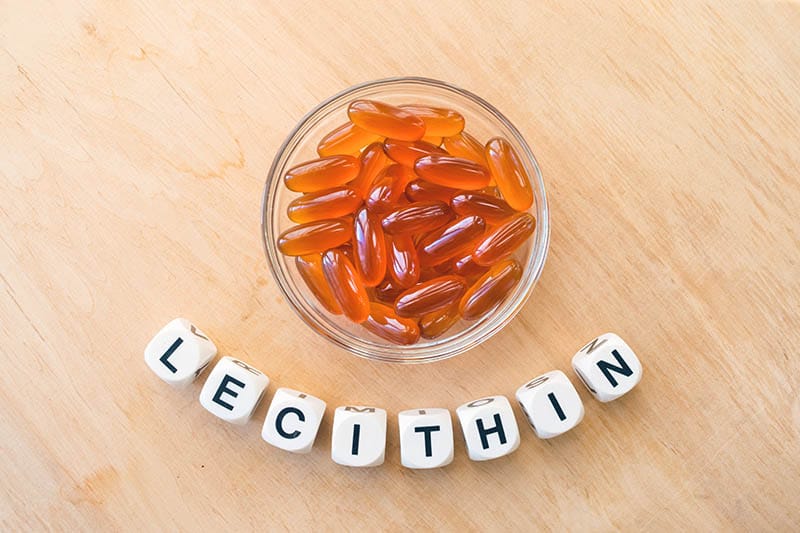
It is widely believed (though not scientifically factual) that it can up the polyunsaturated fatty acid content of breast milk and lessen the amounts of sticky milk.
The FDA (United States Food and Drug Administration) has deemed Lecithin perfectly safe for use, despite the obvious lack of scientific confirmation of its efficiency for this particular purpose.
9. A sterile needle (applied by a medical professional)
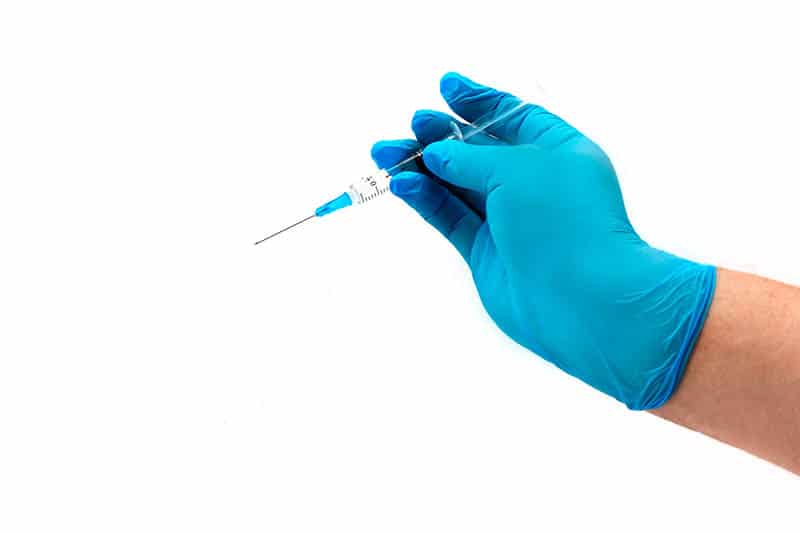
Talk to a lactation consultant or your physician about alternative ideas to open up your plugged ducts, such as using a sterile needle.
In no way should you do this on your own.
Only a health care provider can apply this safely and in a sterile environment. Otherwise, there’s a risk of infection.
It is vital to get to the bottom of the underlying cause of your milk bleb, or it will just keep filling up again.
10. Pain relievers
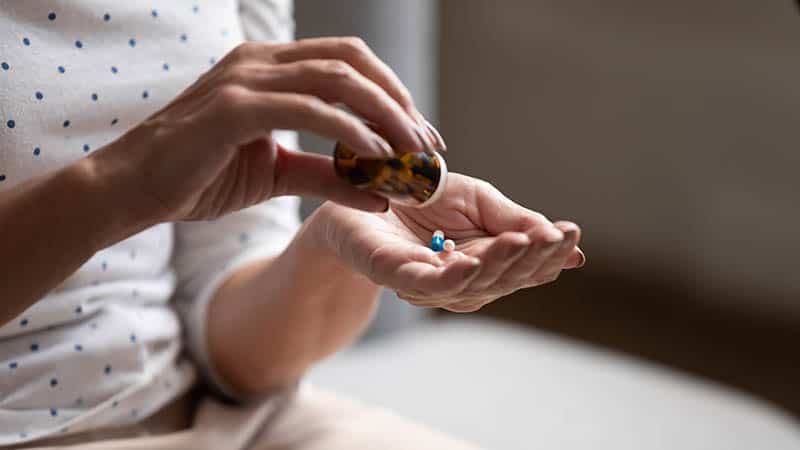
Call your doctor for advice on a prescription for a treatment that is safe for both you and your little one.
You can take Ibuprofen as an over-the-counter drug, but should you need anything stronger, a health care provider can help you out.
11. Frequent nursing
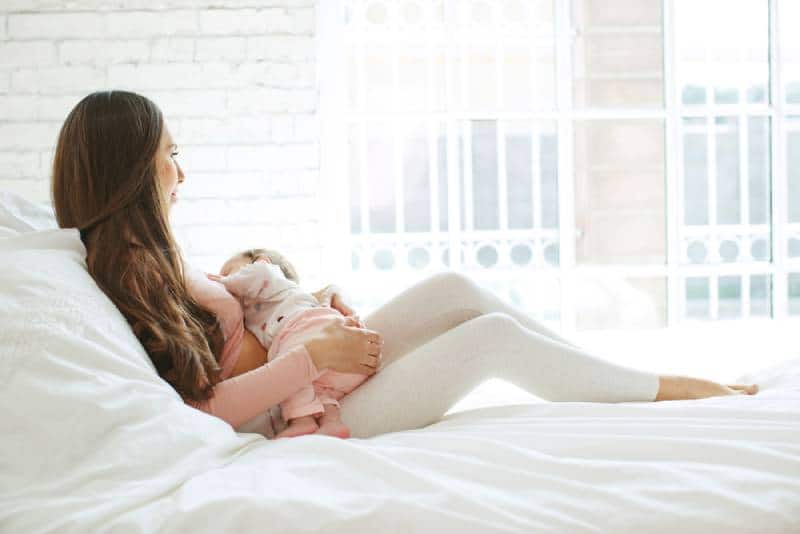
Make sure you’re holding your child the right way to increase your chances of reducing the milk blister.
Hold your baby at an angle that allows them to suck the milk as efficiently as possible.
Placing ice packs on your nipples in between feedings can also be helpful in reducing pain and swelling caused by the milk blister.
How To Prevent Milk Blisters?
To avoid milk blisters popping up again just when you’re feeling better, here are your best chances to keep it from happening:
Turn to a lactation consultant
Health care providers are there for a reason!
When new moms are having issues with latching, there is no shame in seeking help.
Sometimes, that’s what will get you through the day.
You will be given professional advice free of charge that will benefit both you and your baby!

Wipe your nipples after each feeding
To ensure not having to deal with clogged nipple pores, simply clean your breasts from any leftover milk after feedings.
You can apply a moist washcloth to the area for best end results.
Drink lots of water
Did you know that staying hydrated helps with the milk flow?
You are highly encouraged to drink at least 8 glasses of water each day.
Being dehydrated is the worst possible thing to have when dealing with milk blebs.
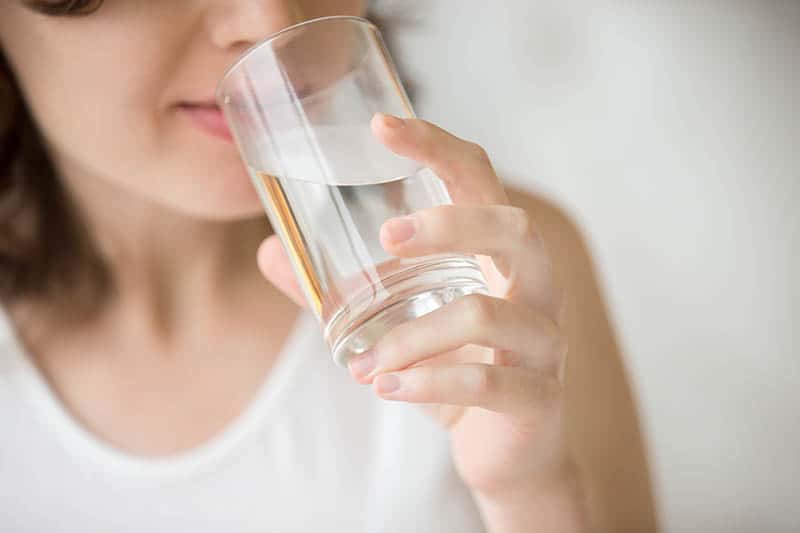
Wear the right bra
Which bra would that be, you may be wondering?
Anything that isn’t too tight or from synthetic materials. Why?
Because they irritate the hell out of your skin and encourage milk blisters to form.
Deal with thrush issues immediately
You don’t want to wait if you’re dealing with a breast infection!
Call a medic ASAP if you want to avoid dealing with additional complications (as if blebs wasn’t enough.)
When Should You Go See A Doctor?

But when is that?
- When your blebs are causing you a lot of pain that is almost unbearable.
- When they are making it impossibly difficult to nurse your baby.
- If you are seeing signs of a possible infection (chills, fatigue, swelling, fevers, and body pain).
Also, if you are considering purchasing supplements of any kind or OTC medication, consult with your doctor before making any final decisions.
Over-the-counter medication may give you a (false) sense of security, but it is in your baby’s (and your own) best interest to ask for your doctor’s educated opinion beforehand.
Better safe than sorry!
The Main Takeaways
There are various home remedies that can reduce your ailment and keep you from suffering any more than you need to.
The ones I’ve carefully collected for you have been proven most successful for that particular purpose.
Should your pain persist regardless, call your doctor and schedule an appointment.
If all else fails, the medical professionals will help you with their vast expertise and an abundance of useful advice.
You will get through this, one way or another.
This is just a phase that will end at some point, so make educated decisions that will ensure a safe and comfortable bonding experience with your child.
References:
United States Food and Drug Administration, “CFR – Code of Federal Regulations Title 21”, Page Last Updated: 09/19/2019.
READ NEXT:
- Breastfeeding Hacks: 8 Things Every New Mom Needs To Know
- Breastfeeding Essentials: 8 Lifesavers For New Moms
Like this post? Please share or pin it for later. You can also stay in the loop and follow us on Facebook, Instagram and Pinterest.
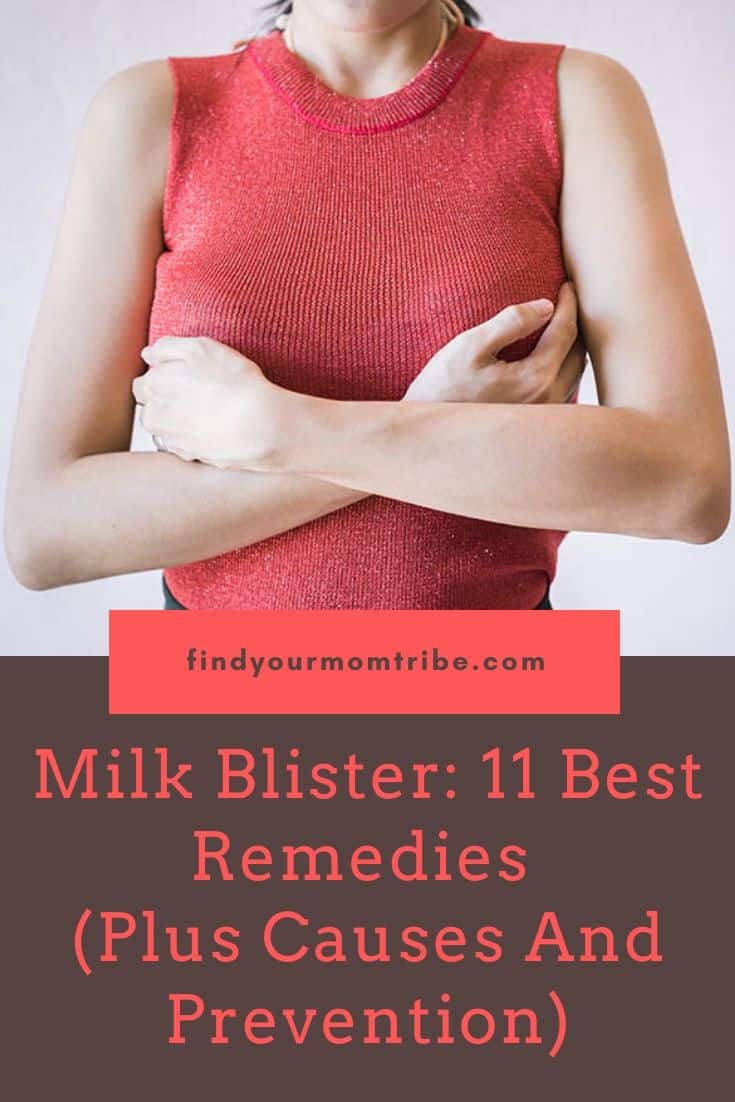
This post contains affiliate links. Please see our full disclosure for more info.

